Latest Posts
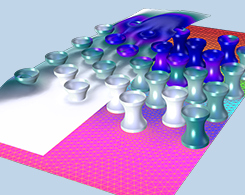
How to Compute Residence Time in Flow Models with COMSOL®
You can compute residence time in flow problems using the Particle Tracing Module. Get the details in this blog post.
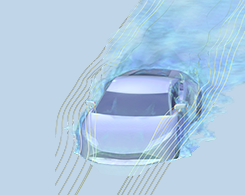
Simulating Wind Load on a Sports Car’s Side Door and Mirror
Vroom vroom: In this blog post, we use large eddy simulation (LES) and structural analysis to analyze wind loads and airflow on the door and side mirror of a sports car driving at high speeds.
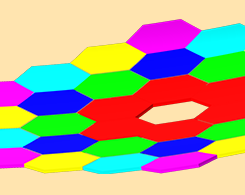
The Quest for Clarity: Tracing Rays in 3 Telescope Designs
The Keck telescope includes a parabolic reflective surface made up of 36 separate interlocking mirrors. Learn more about this and 2 other popular telescope designs via ray tracing simulation.
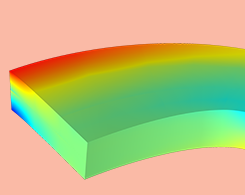
What Is the Difference Between Plane Stress and Plane Strain?
We go over the formulations and constitutive models that you can use to study plane stress, plane strain, and generalized plane strain in your solid mechanics problems.
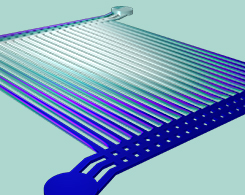
Modeling Two-Phase Flow in a PEM Electrolyzer
From transportation to industrial applications, hydrogen-based energy storage has shown promise in many fields. Well-designed electrolyzers help make these applications possible.
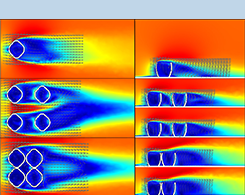
Studying a 500-Million-Year-Old Dinner Party with CFD Simulation
From zebras to elephants to lions, Namibia is home to a variety of wildlife. However, this research team was on the lookout for the fossils of a 500-million-year-old organism.
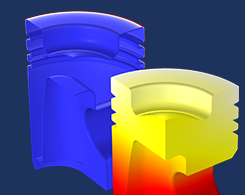
Efficient Meshing Strategies for 3D Inductive Heating Models
Interested in some efficient meshing strategies for 3D inductive heating models? In this blog post, we demonstrate how to partition a mesh based upon the element type.
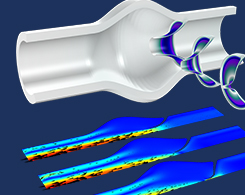
New Method for Performing Topology Optimization of FSI Problems
Many topology optimization methods are only available for FSI problems within a purely academic scope. Enter the TOBS-GT algorithm for fluid-structure design…

The Beauty of Vortex Streets
Vortex streets occur quite frequently in nature and are relevant in a variety of technical applications. This fluid mechanics phenomenon can also be quite beautiful to watch!
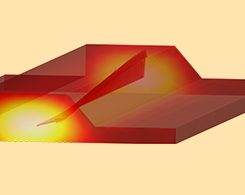
How to Model Polarization Rotation Along a Waveguide
Interested in modeling photonic waveguiding structures? Learn some efficient techniques for devices with multiple supported waveguide modes and identical waveguide cross sections.
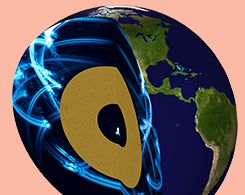
Building a Solid Foundation for Understanding Seismic Waves
In 1906, there was the California earthquake. In 1908, there was the Lawson Report. In 1910, Harry Fielding Reid proposed the elastic rebound theory. Continue on a deep dive into seismology…

Modeling a Rapid Detection Test in COMSOL Multiphysics®
Curious about how exactly the rapid detection tests for COVID-19 work? Get a comprehensive explanation here, as well as 3 example models in COMSOL Multiphysics®. (Part 2 of 2)
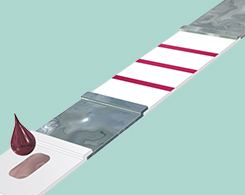
An Introduction to the Physics of Rapid Detection Tests
Rapid detection tests based on lateral flow assay (LFA), also called immunochromatographic tests, can be thought of as quite advanced, yet very robust, microlaboratories. (Part 1 of 2)
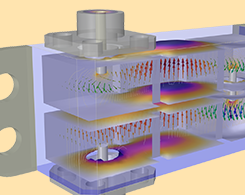
Designing Cavity Filters for 5G Devices with Multiphysics Modeling
From radar and microwave ovens to particle accelerators, RF cavity filters are found in a variety of different application areas. Among them: 5G devices and infrastructure.
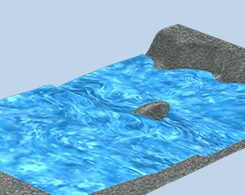
Analyzing Tsunami Waves with an Established Benchmark Model
The 1993 Hokkaidō earthquake in Japan caused tsunami waves that reached massive runup heights — one recorded wave in Monai Valley even reached as high as 32 m (~104 ft)!
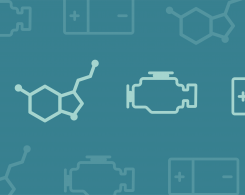
The Science Behind Cooking Caramel
Whether you’re adding it to brownies, crème brûlée, or an ice cream sundae, cooking caramel is a precarious task: One wrong move and it could burn and taste bitter or recrystallize and harden.
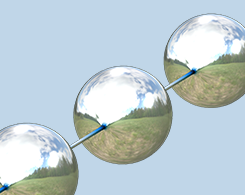
Modeling the Behavior of an Oldroyd-B Polymer
Have you ever noticed that when a certain force is applied to a viscoelastic fluid, the fluid starts to look like beads on a string? Here, we showcase an example that uses an Oldroyd-B polymer.

Why Do Pigeons Have Iridescent Feathers?
If you look at a pigeon a certain way, the feathers around their necks shine in bright hues of emerald and amethyst. As it turns out, a prehistoric animal exhibited a similar trait…

6 Examples of Simulation-Driven Loudspeaker Development
From headphones for virtual reality gaming to powerful transducers for hearing aids, here are 6 examples of multiphysics simulation being used to develop new and improved loudspeaker products.
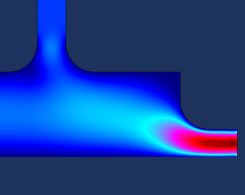
Add a Full State-Space Feedback Controller to a Control System Model
Get a brief overview of full state feedback, learn how to use the State-Space Controller add-in, and get a demonstration of implementing the add-in using a mass-spring-damper system example.

Happy Birthday, Joseph Fourier
From heat conduction and the Fourier series to the greenhouse effect and Fourier transform, Joseph Fourier’s research has many implications in the modern world.
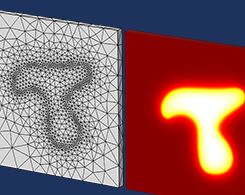
Combining Adaptive Mesh Refinement with Data Filtering
In a follow-up to our previous blog post on data filtering, we demonstrate how to implement adaptive mesh refinement and a Helmholtz filter for a thermal model with a nonuniform heat load.
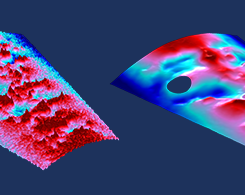
Using Data Filtering to Improve Model Performance
Want to include experimental data in your model as a load or boundary condition, but the data varies over space or time and is noisy? Try implementing data filtering, such as a Helmholtz filter.
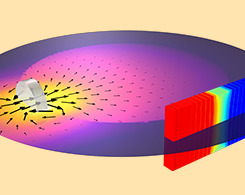
How to Model a Hall Effect Sensor with COMSOL Multiphysics®
Basic working principle of a Hall effect sensor: A nearby magnetic field deflects the path of current through a semiconductive sensor, which causes a measurable change in potential.
